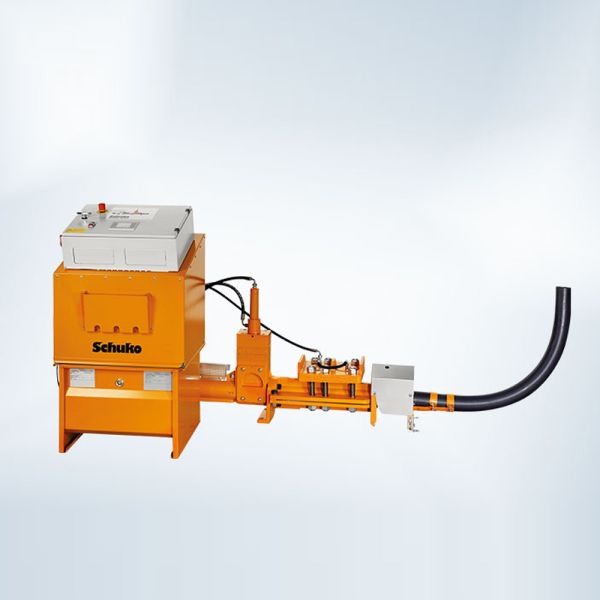Schuko Compacto
Considerable savings can be achieved with a briquetting press. With briquetting you can dispose of dust and shavings waste economically and space-savingly without generating significant amounts of dust.
Hydraulic briquetting of cutting waste in the form of:
- Sawdust, wood shavings and wood chips
- Plastic chips (styrene, polystyrene foam, PU, PVC)
- Shredded paper and paper dust
- Biomass (Miscanthus, hemp)
- Nonferrous metal swarf (copper, aluminium, zinc, bronze, brass)
- Shredded recycled materials...
Overview
Warehouse storage and further processing of loose production waste use up space and money. Considerable savings can be achieved with a briquetting press. With briquetting you can dispose of dust and shavings waste economically and space-savingly without generating significant amounts of dust.
Hydraulic compaction is used to press loose shavings into briquette form. Depending on the characteristics of the shavings, the volume can thereby be reduced to as little as 1/5 the original volume. Briquettes can be stored without any problems in the smallest of spaces and are easy to transport. In addition it is even possible to store wood briquettes safely because no ATEX zone is created in the storage area.
Did you know that two kilograms of wood briquettes can replace an entire litre of heating oil?
By burning self-produced wood briquettes, you can save over 83% in heating costs! Thus a waste material is turned into a highly economical raw material that brings with it minimised costs. However, if the pure wood briquettes are not intended for in-house burning, they can easily be sold. The demand for recyclable waste materials such as paper, plastic or biomass was never greater. With a briquetting press diverse materials can be processed to form briquettes and fed back into the circular flow. Depending on the shavings type, moisture content and bulk weight, approx. 30 to 250 kilograms of material are processed to form pellets every hour.
The press can be mounted in various ways, even with systems already in place, and offers easy entry into the recycling of waste shavings. With the different sizes and performance levels the system can work efficiently in the given situation and only consume energy where it is really needed. What good is a promising briquetting system if the ancillary costs are too high?
Hydraulic briquetting of cutting waste in the form of:
- Sawdust, wood shavings and wood chips
- Plastic chips (styrene, polystyrene foam, PU, PVC)
- Shredded paper and paper dust
- Biomass (Miscanthus, hemp)
- Nonferrous metal swarf (copper, aluminium, zinc, bronze, brass)
- Shredded recycled materials
- Tobacco dust
- Jeans dust

